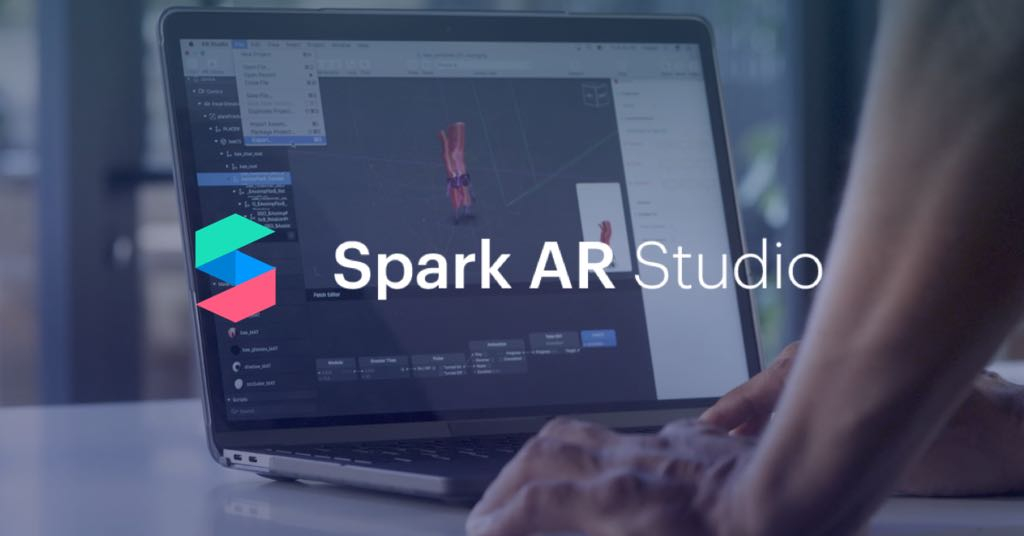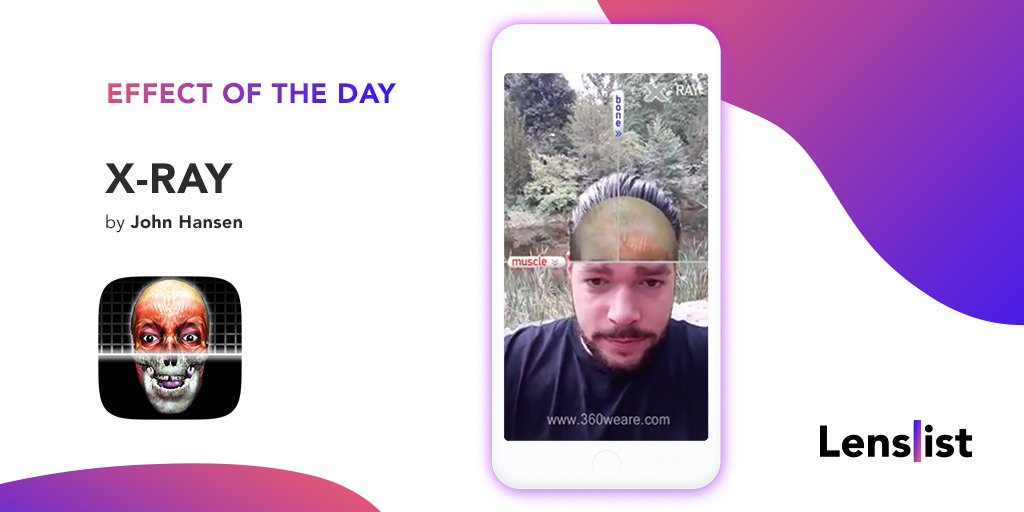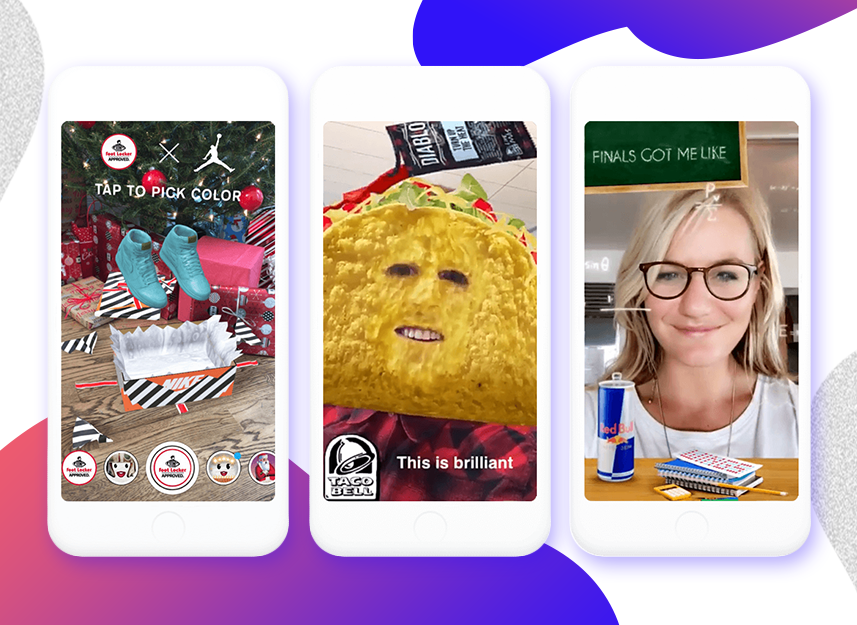More Instagram Camera Effects Coming Soon as Facebook Opens Spark AR Platform to Third-Party Creators
Among the raft of announcements made by Facebook during its F8 developer conference earlier last week was one that was largely ignored in favor of the flashier updates such as the launch of the two Oculus headsets. The company announced that it will now allow creators to build and publish their own AR camera effects as well as filters on Instagram. Facebook will be effectively opening up its Spark AR creator and developer ecosystem to Instagram thereby allowing for the creation of even more third-party camera effects for Instagram. Now you will begin seeing more AR effects made by virtually anybody.

Currently, all the Instagram camera effects are exclusively made in-house. With the opening up of the Spark AR portal, expect to see more third-party crowdsourced contributions which will dramatically expand the range of camera effects which will be available on Instagram.
The Spark AR Studio is Facebook’s AR portal which developers can use to create augmented reality content. The portal is so far mainly focused on its Facebook Camera feature. With the opening up of the portal to Instagram, many more third-party players will now be able to create augmented reality camera filters that can be used in Instagram. It will be similar to what brands have been doing with the Snapchat “lenses” or the Facebook Camera Effects.
Anyone that is currently using an Instagram camera will be able to see these AR effects and all of them will be creating using Spark AR.
The Facebook Camera Effects platform was launched in 2017. In 2018, the platform was renamed Sparks AR. Currently, it is the sole AR development platform for the Facebook ecosystem. All the AR experiences across the Facebook family have been developed using Spark AR and it has been quite popular with users so far. Facebook revealed that more than one billion people have used augmented reality experiences that are powered by its Spark AR platform.
Developers have been experimenting and uploading their own camera effects on the Facebook camera app for the past one year. The Instagram portal, on the other hand, has been in a closed beta. Now that the platform has been “liberalized”, more developers are expected to hop in order to create their own Instagram filters.
For the average user, this will mean even more AR effects on Instagram generated by a cross section of users. Like in Snapchat, a considerable part of this crowdsourced content will be from some of the leading lifestyle brands and other corporate players that use Instagram heavily to market their products. A top brand like Ray-Ban, for example, may release AR effects on Instagram that will allow users to try out their sunglasses and so on. Some third-party filters had already been implemented during the closed Instagram Beta including those from NBA, Vogue and Buzzfeed among others.

We are expecting an avalanche of user-generated content given that the Spark AR platform is also fairly easy to use. The functionality is a simple drag-and-drop thereby allowing any creator or artist to easily come up with their own versions of AR filters and publish them on Instagram without much coding or technical expertise. Facebook has stated that a team will be vetting the created AR filters to ensure that they are appropriate for publishing. The Spark AR Studio is also quite accessible: it’s free and runs on both Mac OS and Windows.
Once a user has created an AR effect, they can publish them on their Instagram profile or they can choose to share it via an Instagram story. When a follower sees an AR effect on your profile that they like, they can simply select it and use it in their stories. The followers of those followers can also do the same thereby leading to the viral spread of the AR effects or filters. This way, popular AR effects can spark a domino effect on Instagram thereby creating a viral phenomenon that can be a potent marketing tool for brands using the platform.
All the third-party-created AR effects will contain information on the creators at the bottom so the original creator will still get the credit even if their effect is shared multiple times among users who do not necessarily follow their account. This will also generate a few followers for the original creator of the AR effects or filters.
This whole process will create an explosion of AR effects and filters on Instagram. Already, there are several that are on the pipeline. A large number of user-generated filters and effects will also make it harder to find the actual AR effects that you want. Instagram will have to come up with a better way for searching for filters based on certain categories or other search functions. Currently, users can only locate filters by following their favorite creators. There are websites such as Lenslist that provides list of some of the top camera effects for Facebook, Instagram and Snapchat and even includes a search function that users can use to locate your preferred lenses and camera effects.

The Spark Creators account is also a great place to discover some cool lenses that might have some cool camera effects. Facebook has stated that Instagram is currently working on quick discovery solutions and other ways of revealing the AR effects that users might be interested in.
https://virtualrealitytimes.com/2019/05/06/more-instagram-camera-effects-coming-soon-as-facebook-opens-spark-ar-platform-to-third-party-creators/https://virtualrealitytimes.com/wp-content/uploads/2019/05/Expect-to-see-more-AR-Effects-on-Instagram-600x284.jpghttps://virtualrealitytimes.com/wp-content/uploads/2019/05/Expect-to-see-more-AR-Effects-on-Instagram-150x90.jpgAugmented RealityTechnologyAmong the raft of announcements made by Facebook during its F8 developer conference earlier last week was one that was largely ignored in favor of the flashier updates such as the launch of the two Oculus headsets. The company announced that it will now allow creators to build and...Sam OchanjiSam Ochanji[email protected]EditorVirtual Reality Times - Metaverse & VR
